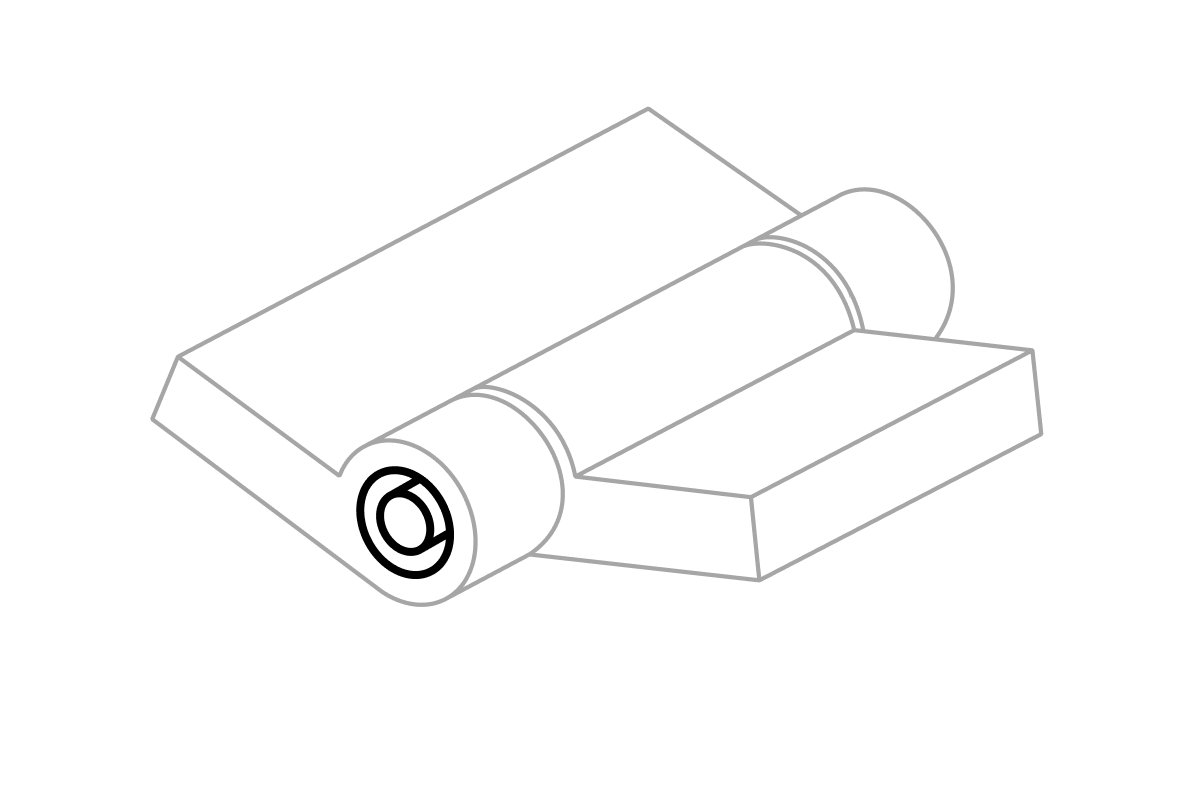PA12 Nylon (SLS) Design Guide
Check your designs meet our guidelines for 3D Printing in PA12 Nylon (SLS). The aptly named 'Design Guide' is not a rule book, and in some instances, parts with geometries that fall outside of our recommendations may print successfully. However, for best results, please use the guide.
Parts exceeding or falling below the specified limits are incompatible with our equipment and cannot be produced effectively.
MINIMUM 8cm³
MAXIMUM 335 x 285 x 445 (mm)
Embossed details are shallow raised features on your model, such as texture, patterns and text. Details smaller than 0.8mm in thickness may not be visible on your part.
MINIMUM 0.8mm
Engraved details are imprinted or recessed features on your model. Details must be at least 0.4mm in width and depth for clarity.
MINIMUM 0.4mm
To prevent blockages a minimum diameter of 1.5mm is recommended, with an increase of 1mm in diameter for every 10mm depth. (e.g., a 30mm hole should be at least 4.5mm wide)
MINIMUM: ø1.5mm
+DEPTH: ø+1mm per 10mm depth
Blind holes are more susceptible to blockages than through holes. A minimum diameter of 2mm is recommended, with an increase of 2mm in diameter for every 10mm depth.
MINIMUM: ø2mm
+DEPTH: ø+2mm per 10mm depth
When designing hollow parts, be sure to use large openings and avoid non-line-of-sight cavities to prevent trapping unsintered material inside.
MINIMUM Opening Diameter: 50mm
Pre-assembled components such as hinges or interlocking parts may fuse if too close together, especially if they have thick walls.
MINIMUM 0.5mm
For parts intended to be assembled post-printing. A free fit offers more space for easy assembly and movement, while a close fit is tighter and may require some force or adjustments to assemble.
FREE FIT 0.2mm
CLOSE FIT 0.1mm
It’s important to consider the distance between engraved letters as well as the line weight of embossed text. Any material thickness below 0.8mm may not be visible.
MINIMUM 0.8mm
Avoid designing large flat components as they’re particularly susceptible to deformation or warping. Adding support ribs often exacerbates deformation, so it's best to steer clear of large flat surfaces if possible.
MAXIMUM ~A5 paper size
It's advisable to maintain a minimum thickness of 1.2mm for wires up to 7mm long, increase to 2mm for lengths up to 30mm, and use at least 3mm thickness for anything longer.
MINIMUM 1.2mm - 3mm
To prevent damage during manufacturing, avoid designs with edges that taper to zero thickness. Thin edges are prone to damage; it's recommended to blunt these tapered edges to a minimum thickness of 1mm.
MINIMUM 1.0mm













Wall thickness influences printability and material properties: below 1.0mm may not print and risks damage; up to ~3mm has flexibility, and beyond this will be stiff. Thick walls may be hollowed out to avoid deformation during manufacturing, leaving the internal spaces full of unfused PA12 Nylon powder.
MINIMUM 1.0mm